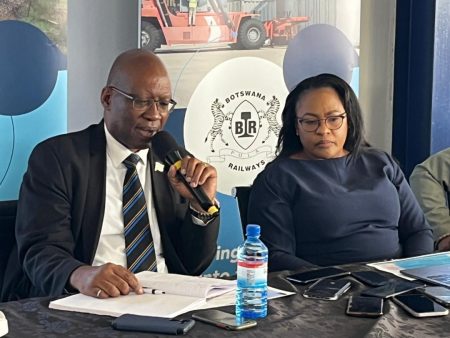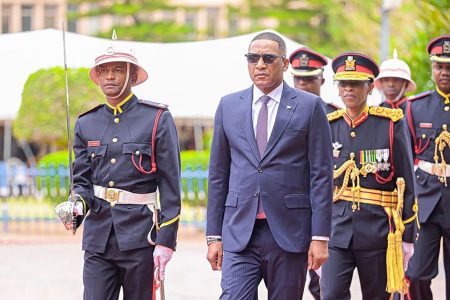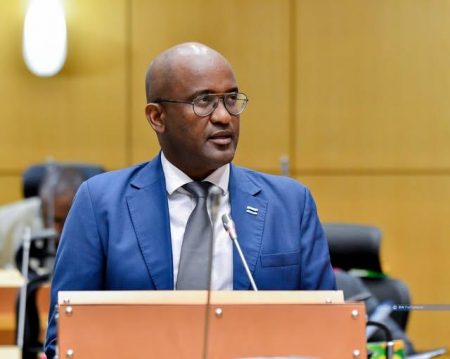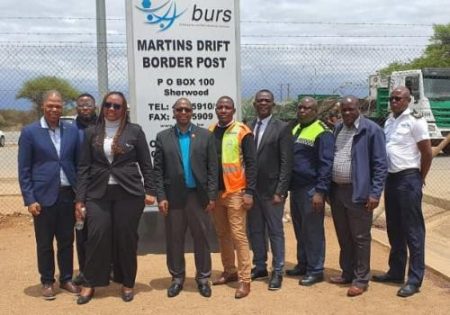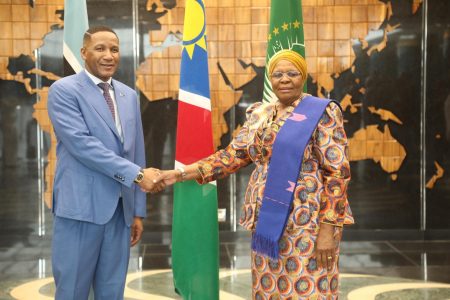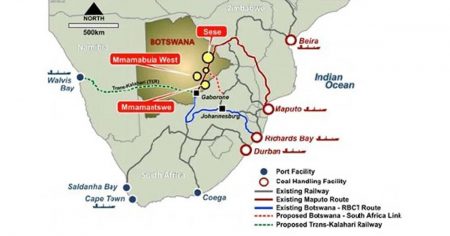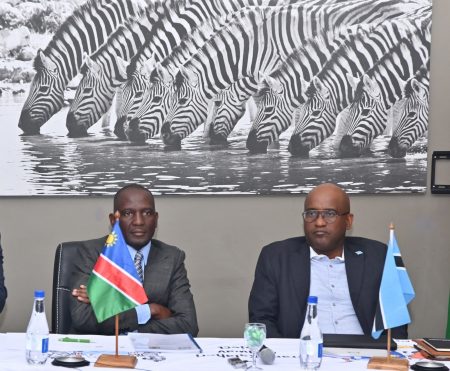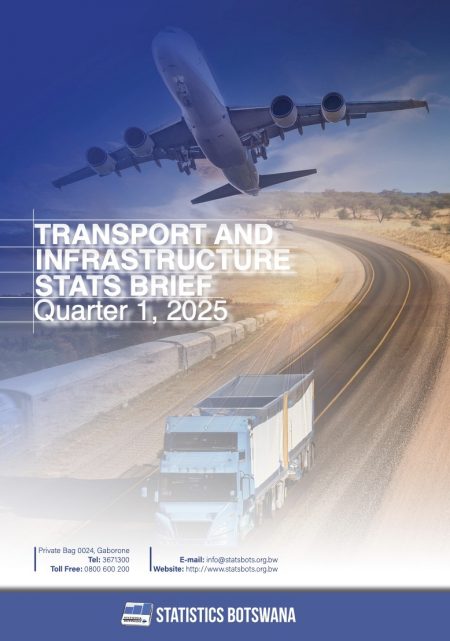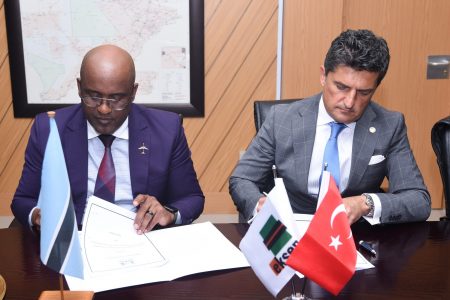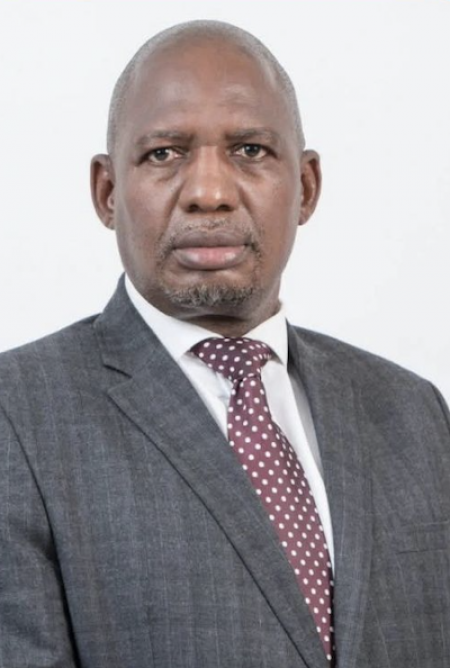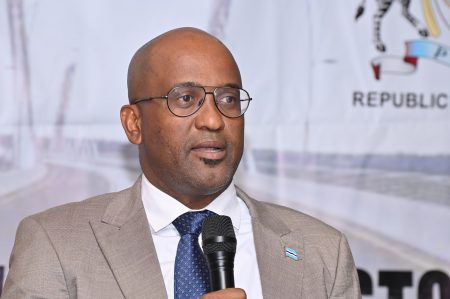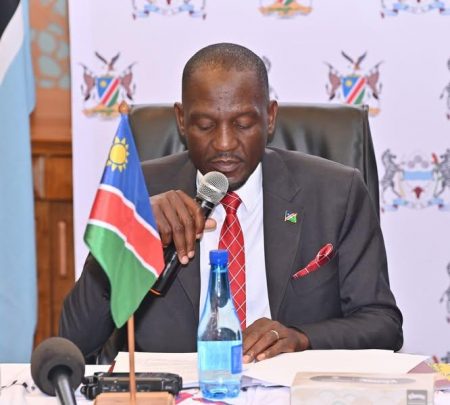This content is for Premium Subscribers only. To view this content, login below or subscribe as a Premium Subscriber.
Related News Articles
Rail Sector Positioned for Major Role as Botswana Pursues Transport-Led Growth
12 December 2025
SADC, Botswana
2 min
Botswana Railways Commits to Transparency and Operational Stability
05 December 2025
SADC, Botswana
1 min
Botswana Plans Major Shift in Infrastructure Development Approach
14 November 2025
SADC, Botswana
1 min
Botswana Unveils Plans to Modernise Infrastructure and Expand Rail Connectivity
02 November 2025
SADC, Zambia
2 min
2 min
Botswana Transport and Infrastructure Stats Brief Q2/2025
19 October 2025
SADC, Botswana
1 min
Trans-Kalahari Railway: a Strategic Regional Corridor
06 October 2025
SADC, South Africa
3 min
Joint Communiqué Issued at Conclusion of Kazungula Bridge Project Ministerial Meeting
29 September 2025
SADC, Zambia
1 min
Botswana Railways Appoints Dominic Rammidi Ntwaagae as Caretaker General Manager
12 September 2025
SADC, Botswana
1 min
2 min
Botswana Rail Freight Declines in First Quarter of 2025
11 August 2025
SADC, Botswana
1 min
Botswana Railways Appoints Mr. Baboloki Phuthego As Acting General Manager
24 July 2025
SADC, Botswana
1 min
2 min
Mmamabula–Lephalale Rail Link Project Moves Forward
10 July 2025
SADC, Botswana
2 min
2 min

